Blog
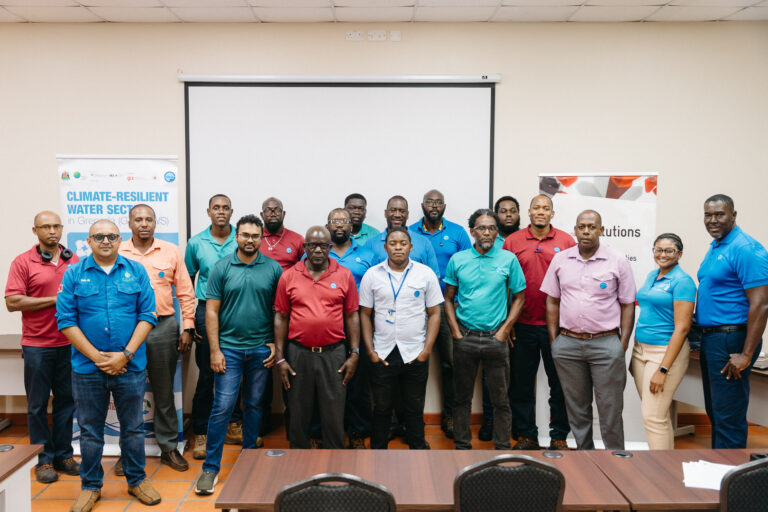
Strengthening Occupational Safety Health at NAWASA: A Milestone in Water Sector Resilience
Cavonna Baptiste | October 3, 2025 - All
Occupational Safety and Health (OSH) has long been a priority for the National Water and Sewerage Authority (NAWASA), Grenada’s sole water utility. With a dual mandate to provide safe, reliable water to its users and to safeguard the well-being of its employees, NAWASA has steadily advanced its Occupational Safety and Health agenda. These efforts have recently gained significant momentum with the support of the Climate-Resilient Water Sector in Grenada (G-CREWS) project.
Launch of NAWASA’s OSH Policy and Manual
On November 23, 2024, NAWASA officially launched its Occupational Safety and Health Policy and Manual (OSHMS) which was a key milestone developed with assistance from G-CREWS. This manual provides a clear framework for identifying, managing, and mitigating workplace hazards, both before and after they occur.
The launch was met with strong leadership commitment. Chairman of the Board of Directors, Mr. Philip Alexander, and then Acting General Manager, Mr. Terence Smith both underscored the importance of the OSHMS in strengthening the utility’s overall climate resilience.
“When implemented, my vision for NAWASA is that in the next few years, the company becomes a champion in the water services industry and a beacon in the area of Occupational Safety and Health,” said Acting General Manager Mr. Terrence Smith.
Occupational Safety and Health Officer, Mr. Oliver Francis added that the plan would help reduce accidents and improve public trust in the institution.
From the perspective of G-CREWS, this initiative represents an ideal blend of infrastructure enhancement and capacity building. Head of Project, Ms. Marion Geiss, remarked: “This partnership ensures NAWASA grows as a resilient institution that addresses challenges on all fronts, while keeping safety at the core of its operations.”
To aid in implementation, a practical guidebook was distributed to employees, outlining key elements of the OSH policy. And this was only the beginning.
A Boost with Equipment and Training
Building on the launch of the OSH manual, NAWASA received a donation of essential safety and monitoring equipment in May 2025, valued at approximately USD $30,000. The package included:
1) Indoor air quality meters
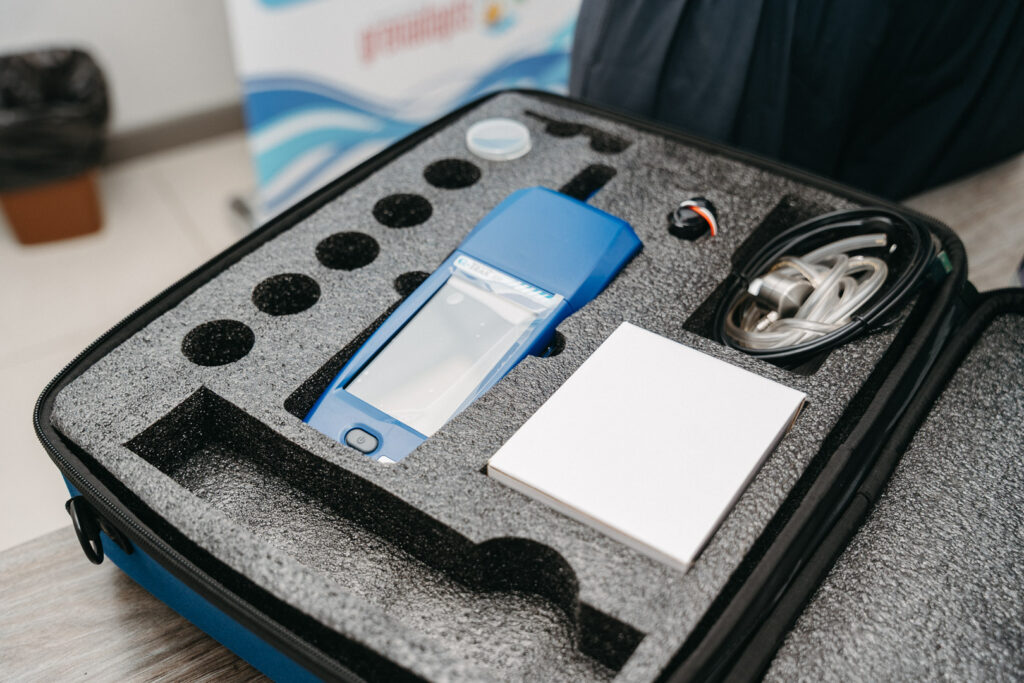
2) Light meters
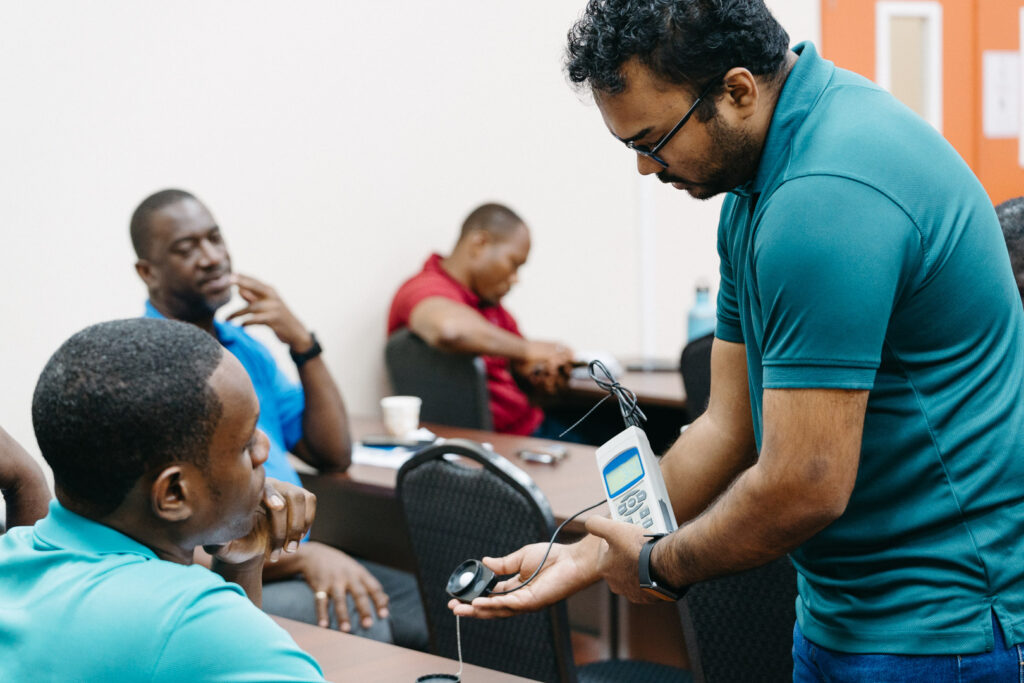
3) Sound level meters
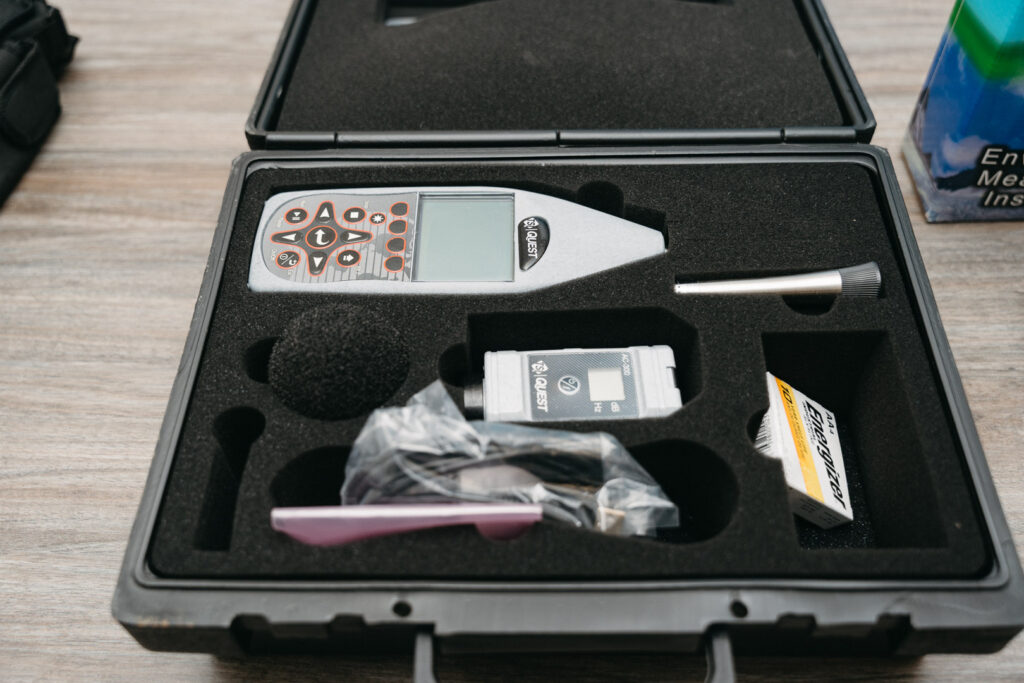
4) Gas detectors
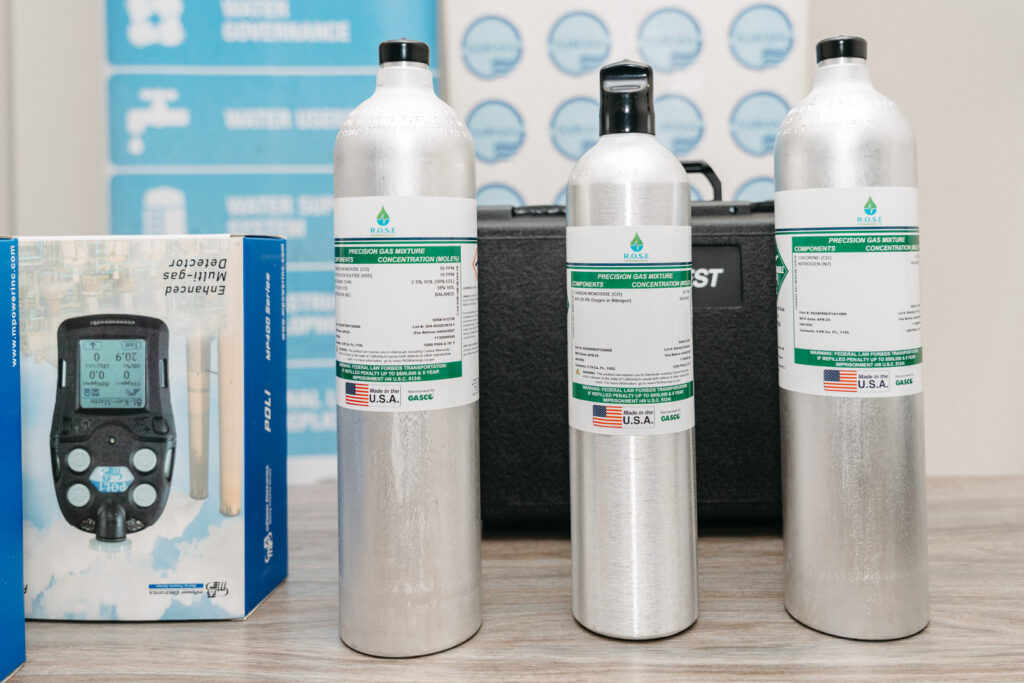
Each device addresses a specific occupational hazard:
Air quality meters help monitor pollutants such as carbon monoxide and carbon dioxide, along with temperature and humidity, particularly in enclosed spaces.
- Light meters ensure proper illumination to reduce visual strain and accidents.
- Sound level meters protect workers from harmful noise exposure.
- Gas detectors provide early warnings of dangerous gases like methane and hydrogen sulfide.
These tools were officially handed over to Acting General Manager Ms. Dennis Burris by Ms. Marion Geiss, and form part of a broader effort by the G-CREWS project to further improve employee safety as they continually strive towards providing a reliable and safe supply of potable water to the people of Grenada, Carriacou and Petit Martinique. The G-CREWS project is funded by the Green Climate Fund (GCF), the German Federal Ministry for the Environment, Climate Action, Nature Conservation and Nuclear Safety (BMUKN) under the International Climate Initiative (IKI), and the Government of Grenada.
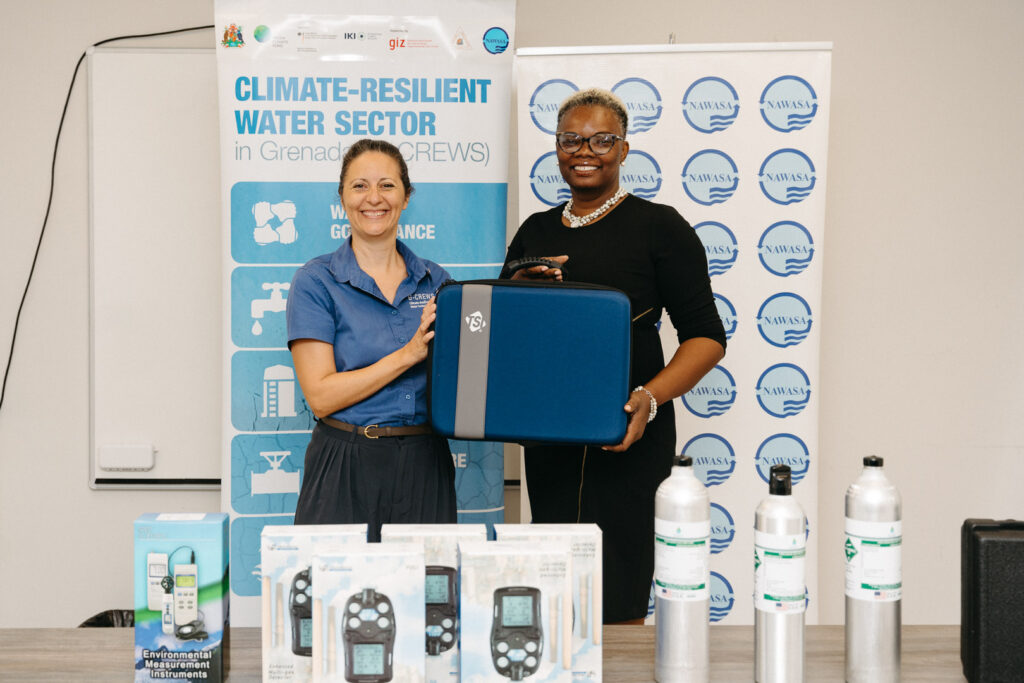
Ms. Geiss highlighted the strategic importance of the equipment: “Every accident we can prevent, every health risk we can reduce with this equipment, makes the investment worthwhile.”
Following the handover of the equipment, training was provided for NAWASA employees to ensure they understood how to use it effectively.
Hands-On Training and Staff Engagement
The equipment handover was followed by a two-day training session conducted by R.O.S.E. Environmental Ltd., a regional leader in occupational monitoring based in Trinidad and Tobago. The training covered proper use, calibration, and maintenance of the devices, with enthusiastic participation from several NAWASA departments.
Lead trainer Rezi Ali emphasized: “Investing in this type of equipment isn’t just about compliance, it’s about protecting people, infrastructure, and service continuity.”
Co-trainer Insaf Khan praised the team’s engagement and noted that such monitoring tools allow for evidence-based decision-making, an advantage few institutions in the region currently enjoy.
NAWASA OSH Officer Mr. Oliver Francis echoed the importance of the initiative: “We can now better plan for and mitigate risks associated with hazardous materials. Monitoring conditions with real-time data strengthens our safety culture and helps us maintain national and international standards.”
Building a Resilient Water Sector
This achievement reflects a significant step forward in the final implementation year of the G-CREWS project. It highlights how strategic partnerships, and focused investment can transform not just infrastructure, but the institutional culture that supports resilience and service excellence.
As Acting General Manager Ms. Burris noted: “Our goal is for OSH to move beyond theory and become an integral part of our daily work culture. With this donation, OSH is now embedded in how we deliver services.” She also emphasized the broader impact of the initiative with GIZ Grenada: “This is a partnership that is transforming Grenada’s water sector. It’s not just about NAWASA, it’s about collaboration and capacity across sectors.”
The G-CREWS project’s overarching goal is to strengthen climate resilience within Grenada’s water sector by addressing both infrastructure and institutional capacity. Supporting NAWASA’s efforts to further embed occupational safety and health into its daily operations is a key part of that mission. By helping to create safer, more informed, and better-equipped workplaces, we are contributing to a water utility that is not only responsive but also prepared for the challenges of a changing climate.
